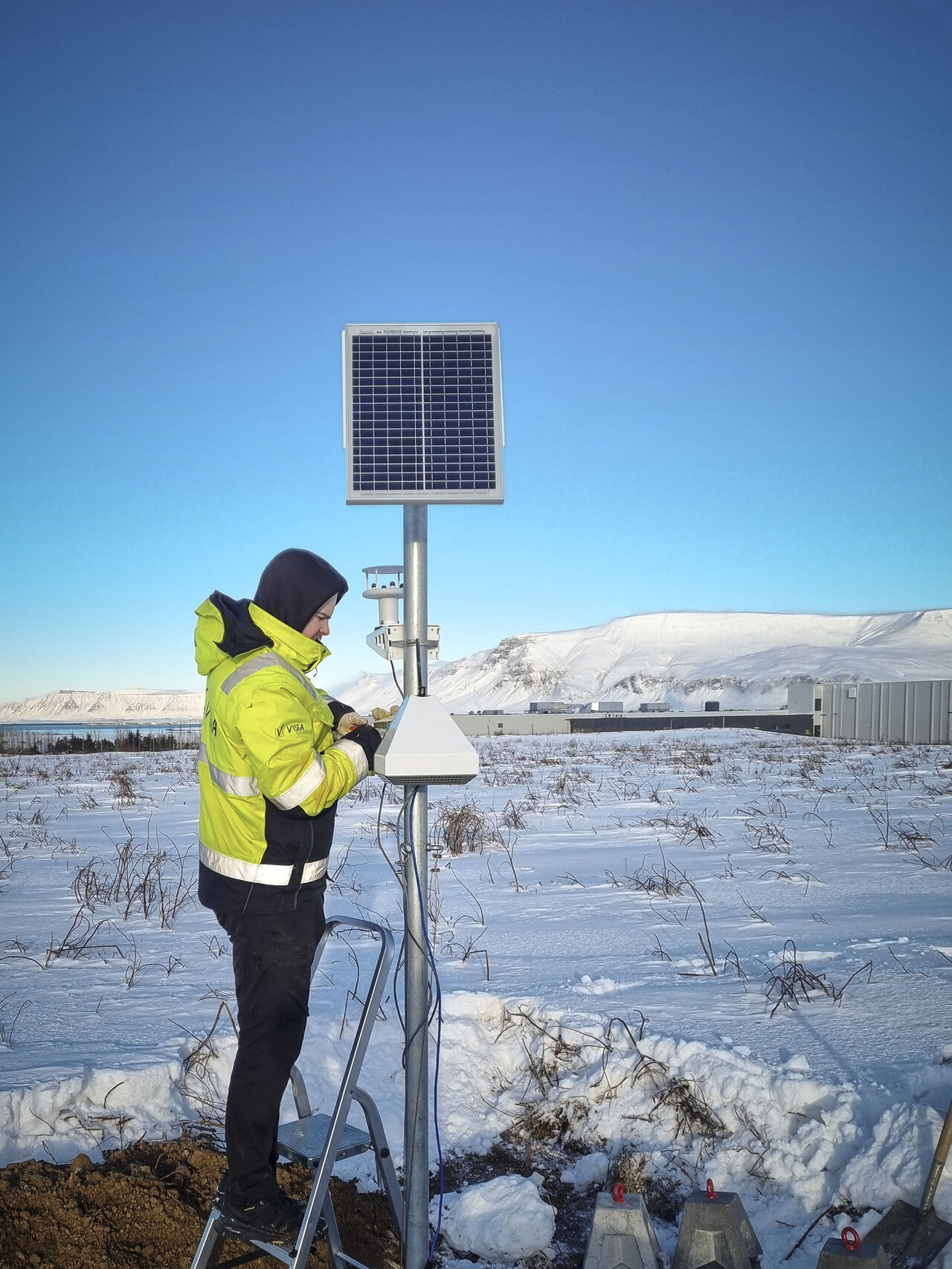If you are considering - or are at the point of buying - a system for local monitoring of air pollution, we have used our decade of experience to offer lists of points to consider. Why more than one list? The critical issues around air quality monitoring vary depending on your project, so we have prioritised points for a range of applications. We hope we have included yours, but please contact us if we can help further.
Government and local authorities
Budgets are the killer, so lifetime cost needs to be low and predictable, as well as having a competitive initial purchase price. In our experience, local authorities often run equipment year after year, so upgrades and other re-specification options are very budget-friendly if priorities change: why buy again if your system can evolve with your needs? Another great way to help the budget go further is to look at fixed price, all-inclusive rental options, particularly if there is the flexibility to roll on after the initial term with a rental or buy the equipment through a final top-up payment. Once the equipment is in place, it needs to be maintained – critically including data quality management – without demanding scarce field resources or incurring call-out charges. But at the end of the day it is vital to have traceable data, so ask about how that can be achieved.
Industrial fence line
If you need to know about pollutant exceedances on and around your site, you need them 24/7/365, or maybe even 60/24/7/365, so reliability and data up-time are critical. There are many things to look out for which can reduce reliability, including poor product design for the conditions, poor manufacturing quality, poor data connections and often lack of a reliable power supply. Ideally power supply and comms infrastructure are autonomous and it’s hard to beat the combination of a clever solar charging system that’s tuned to your latitude and access to the mobile phone network that dominates in your area.
With many industrial sites located potentially hundreds of miles away from the air data management team, the ability to remotely diagnose problems – and fix them – is vital, if data is not to be lost. And what information is needed? Real-time measurements at different locations, particularly combined with wind speed and direction information, provide valuable insights about pollution sources, and often a reliable exceedance alert is what is required on an ongoing basis. Of course, any sensitive information about air pollution around a facility must be kept completely confidential and accuracy will need to be demonstrated through traceability to an approved standard.
Research and consultancies
A wide range of measurements and configuration flexibility are helpful, as are short and long-term rental options. Critically, data must be secure and private, quality assured and proven to be accurate and repeatable.
Transportation
From a train carriage to an airport runway, road junction or port facility, installation must be easy for the local team, with minimal maintenance: no unexpected calls for contractors to carry out work, taking time and costing money. Air quality measurements must be continuous, with no down time, if patterns and brief episodes of high pollution are to be recorded.
Construction
Measurements – usually dust – are being taken for a reason, so the measurement system must comply with the specified standard, eg: MCERTS. Once that box is ticked, it is essential that readings are recorded continuously and reliably. Particulate matter can cause various frustrations, including potential over-readings due to moisture, so it’s important that the system has been designed to provide reliable readings which are fit for purpose. We have seen some astonishing things happen to equipment on construction sites, so choose a system that can handle itself: its own power supply, communications, and ability to cope with a few knocks, vibration, dust and mitigation systems. Measurements must be reliable – and regularly proven against a standard – and delivered in a way that works for site management, such as meaningful alerts (without false alarms).
For more detailed information on all the consideration points specific to your application, get in touch for a free information pack full of valuable advice based on over 10 years’ real-world experience in the field.




